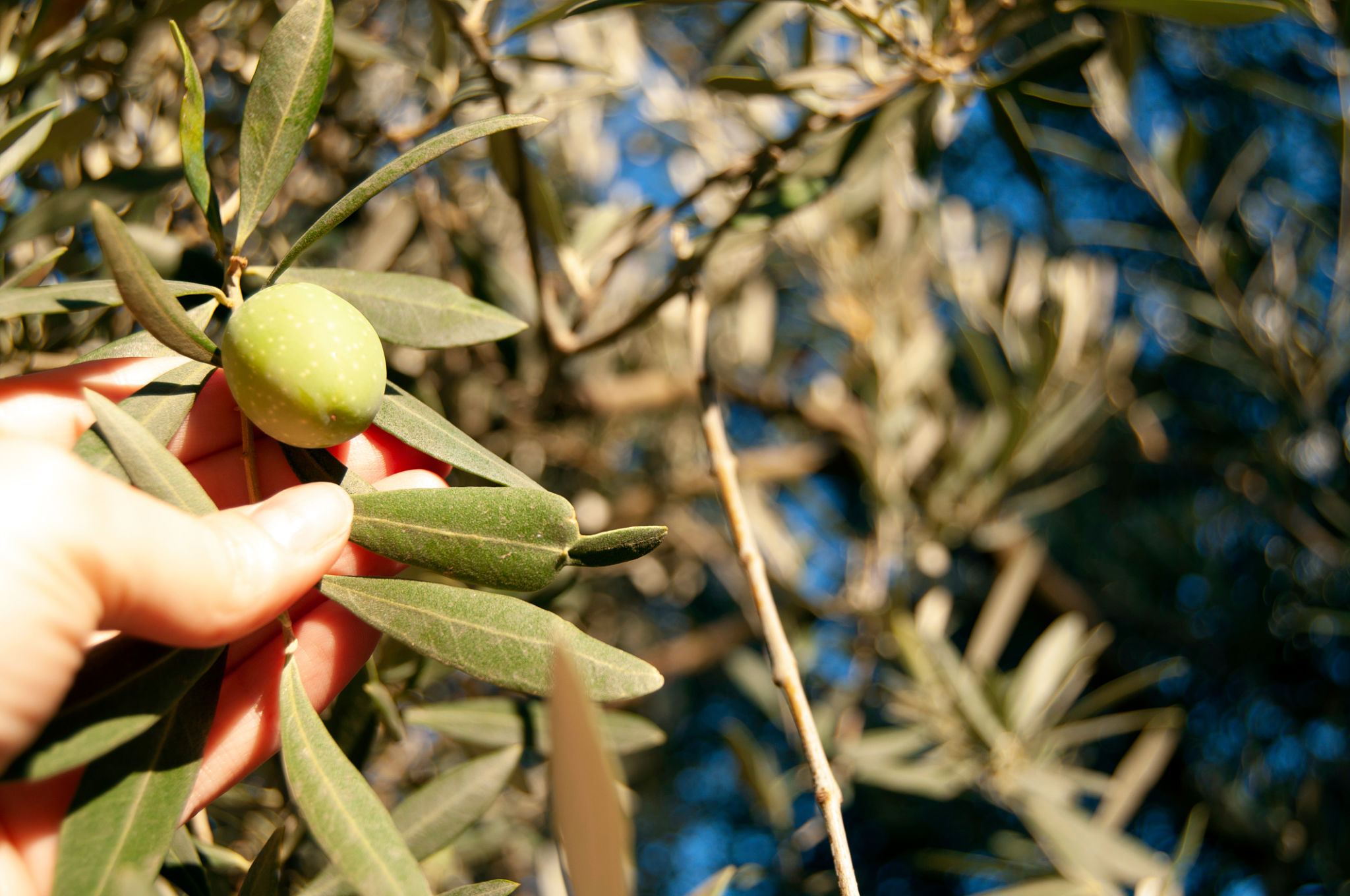How to Choose the Best Olive Varieties for Your Climate
Understanding Olive Varieties
Choosing the right olive variety for your climate is essential for a thriving orchard and a bountiful harvest. With over 1,000 olive varieties available worldwide, each has unique characteristics and specific climate preferences. Understanding these differences will help you make an informed decision.

The Importance of Climate Compatibility
Climate compatibility is one of the most crucial factors in selecting olive varieties. Olive trees are generally well-suited to Mediterranean climates, characterized by mild, wet winters and hot, dry summers. However, some varieties are more adaptable and can tolerate different climatic conditions.
Before choosing an olive variety, assess your regional climate. Consider factors such as average annual temperature, rainfall, and risk of frost. This information will guide you in selecting varieties that are more likely to thrive in your specific environment.
Popular Olive Varieties and Their Climate Preferences
Here are some popular olive varieties along with their climate preferences:
- Arbequina: Known for its adaptability, Arbequina can grow in various climates but prefers warmer regions.
- Koroneiki: Suited to hot and dry climates, it's a popular choice in Mediterranean areas.
- Frantoio: Prefers mild winters and can tolerate cooler temperatures, making it suitable for regions with moderate climates.
- Manzanilla: Ideal for warm climates but can withstand some cooler conditions.

Understanding Soil Requirements
In addition to climate, consider the soil requirements of different olive varieties. Most olive trees thrive in well-drained soils with a pH level between 6 and 8. Some varieties are more tolerant of poor soil conditions than others. Ensure your soil type aligns with the needs of the olive variety you choose to maximize growth potential.
If your soil is not ideal, consider soil amendments or raised beds to improve conditions. Testing your soil before planting is recommended to identify any deficiencies or adjustments needed.
Assessing Frost Risk
Frost can be a significant threat to olive trees, especially during the flowering and fruiting stages. If you live in an area prone to frost, choosing frost-tolerant varieties is crucial. Varieties like Leccino and Picual are known for their higher resistance to frost.

Implementing protective measures such as frost cloths or windbreaks can also help mitigate frost damage. Understanding your local frost risk and taking preventive measures will protect your trees from potential harm.
Conclusion and Final Tips
In summary, selecting the best olive variety for your climate involves understanding both the climatic and soil requirements of different types. Consider your region's specific conditions, and choose varieties that align with these factors for optimal growth and production.
By taking the time to research and plan, you can cultivate a healthy and productive olive orchard that thrives in your unique environment. Remember that the right choice today will lead to a fruitful harvest tomorrow!